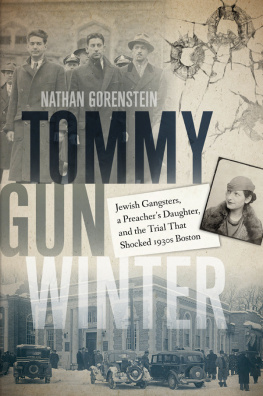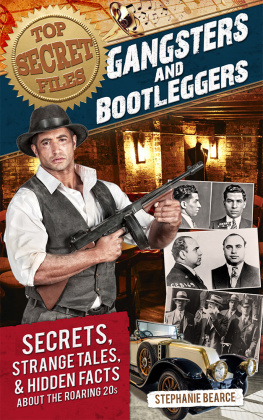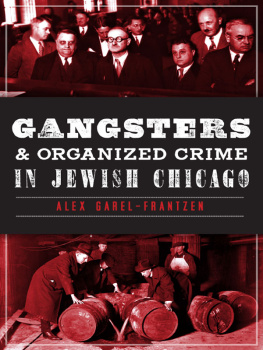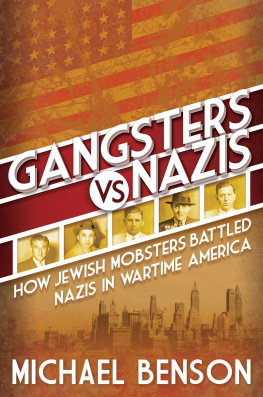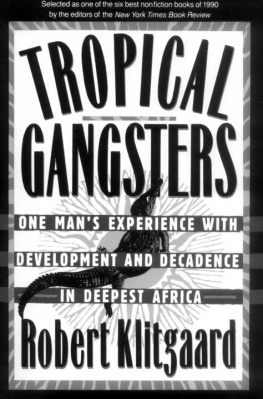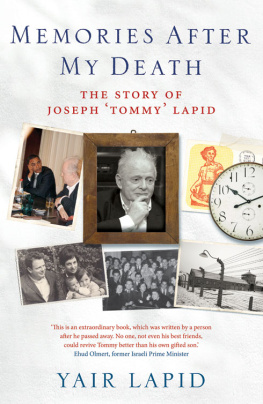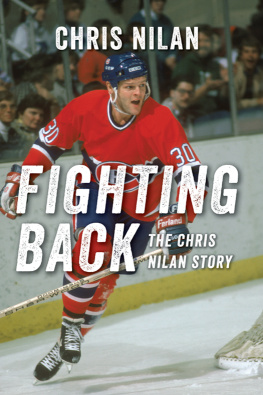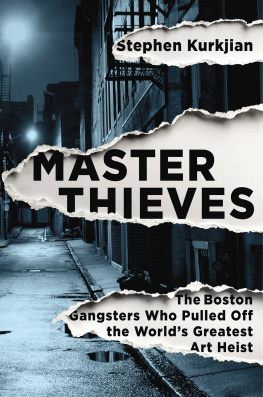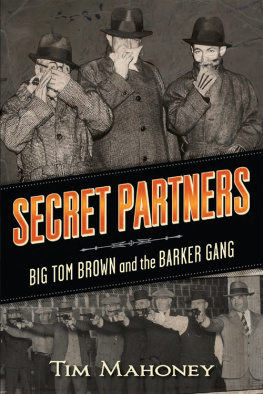ACKNOWLEDGMENTS

DESPITE THE SINGLE NAME on the title page, this book exists because of the advice, assistance, and friendship of many people.
The list is long, and the only question is where to start.
As in the book, Ill begin with Wayne Urquhart, who shared his knowledge of the case and, most important, his astute observations of police and criminals. He predicted the fate that ultimately befell Norma Brighton Millen Clement. For his advice and friendship Im grateful.
The long interregnum between the start of my research and the production of this book was due largely to my own limits as a writer, compounded by my disappointingly slow learning curve. Attempts over the years to craft a workable whole out of the many characters and plotlines ended in failure. What changed? I left the ranks of reporters and became an editor, a job that entailed spotting and repairing the flaws in other peoples writing. That taught me how to see the failures in my own work. For allowing me that experience and teaching me along the way, thanks to a variety of former editors at the Philadelphia Inquirer. They include Eugene Kiely, Tom Stacey, and Ned Warwick, who also gets credit for his conversations on more existential matters, as well as Nancy Cooney and Anne Gordon. Other co-workers to whom I owe much are Chris Satullo, Chris Hepp, Ken Dilanian, Joe Tanfani, Jennifer Linn, Craig McCoy, Dan Biddle, Jeff Gammage, and Kia Gregory. For his early encouragement, I thank John Timpane. Thanks to Steve Seplow, who originally hired me.
I must give a special nod to Marie McCullough, a wonderful reporter and friend in and out of the newsroom. I should also thank those reporters whose work I danced on, as they used to say in the newspaper biz.
The friendship and camaraderie of the racing sailors on Rag Trade, in particular Rich Herrschaft, Bryan Dohmen, Julie Moore, Christopher Horning, Dave Deptula, Kieth Skowran, Sieren Ernst, and Greg Muennich, who was there for the first sail, provided an entirely different education. A special thanks to everyone who has ever set foot on foredeck.
For reading portions of early drafts, later chapters, and in one or two cases the whole book, and for offering insightful feedback, my thanks go not only to some of those listed earlier but also to Deborah Lichtman, John Paine, Michael DeLeo, Judy Gregory, Joyce Bechtold an excellent physical therapist who also worked on my painful elbows and Kevin Foley a friend, foredeck man, and fellow sailor to whom, along with his wife, Judy, Im indebted for aid and assistance beyond the ordinary. Also in that latter category are Tessa Gorenstein, Nancy Tarlin, and Azriel Shiloh.
Attorney Tom Ferber was remarkably generous with his time and advice, as was Mark Edmundson with his encouragement.
And for making the book happen, thanks to my agent, John Talbot, and Stephen Hull, my editor at the University Press of New England.
Enormously helpful were many librarians and archivists at a variety of institutions: the Massachusetts Institute of Technology Museum and the Institute Archives and Special Collections; the Northeastern University Archives and Special Collections; the Rauner Library Special Collections at Dartmouth College; the Center for the History of Medicine at the Francis A. Countway Library of Medicine at Harvard Medical School; the Historical and Special Collections Department at the Harvard Law School Library; and the Lynn Public Library.
I also thank the staff of the Motion Picture, Broadcasting and Recorded Sound Division at the Library of Congress, who arranged for my viewing of two 1950s television shows about the investigation and trial. Also very helpful were the staff at the Newspaper Reading Room in the Madison Building.
This would be a much diminished book without the resources and staff at the Boston Public Librarys Microtext Department. Its collection of newspapers on microfilm is both outstanding and irreplaceable. Staff members were unfailingly polite and helpful during my many, many visits. I am also grateful to a nephew, Gabriel Schonfeld, who spent many days one summer bent over the microfilm readers.
The retired officers at the Massachusetts State Police Museum and Learning Center in Grafton, Massachusetts, welcomed me and provided my first look at a key document, the report to the Governors Council apportioning credit and recommending rewards for individuals who helped capture the Millen-Faber gang. And my appreciation to active-duty Trooper Todd Nolan, a very busy state police public information officer, who got up from his desk, walked into a file room, and confirmed that, yes, there still existed a thick stack of records from the investigation. Some months later I received a CD-ROM with more than five hundred pages. There were duplications but also a variety of very helpful unpublished documents, including a detailed memo by Detective Fleming, the Norma Brighton interview transcript, and the account of Dinneen and Goldbergs role in the investigation, which I believe was written by Lawrence Goldberg.
Margaret R. Sullivan, records manager and archivist at the Boston Police Department, was very generous with her knowledge and contact list.
Claude W. Brenner, an MIT undergraduate in the 1940s and an adviser to the MIT Hillel, the Jewish student organization, wrote a lengthy and fascinating email on the Jewish experience at MIT. He studied under some of the very same professors who taught Abe Faber.
The Dedham Historical Society made available its copy of a booklet by a Millen-Faber juror describing each juror and the jurys time in sequestration. At the Norfolk County Courthouse in Dedham, Jenny Foster, the assistant clerk, and staff members Mary Hickey and Debbie Levis dug out a missing volume of the trial transcript, gave me a tour of the courtroom, and showed me the defendants cage now packed away in the basement.
Much appreciation to Elizabeth Bouvier, head of archives at the Division of Archives and Records Preservation at the Supreme Judicial Court, and her staff for preserving the trial transcript.
Staff members of the Needham Historical Society were exceedingly hospitable, particularly Gloria Polizzotti Greis, the executive director, and archivist Polly Attridge.
James Barnicle, a former police officer and grandson of Frank Haddock, told me stories about Officer Haddock that had been passed down from his grandmother to his mother, Mary, and then to her children. Jeffrey Sadow, also a grandchild of Francis Haddock, collected family information for a Wikipedia entry and gave me permission to use the photograph in this book.
As noted before, my thanks go to Normas half sister, and her daughter and son-in-law, for their hospitality.
It is a clich, but a true one, that wherever you arrive in life your parents began the trip. My mother and father, Samuel and Phyllis Gorenstein, traveled with me on my first visit to the spot where Forbes McLeod was killed, and together we read the memorial plaque on the side of the former Needham Trust building. I am more than grateful to both.
My cousin Arthur Goren, a historian and great friend, stirred my interest in figuring out why things happen as they do. His encouragement was unfailing.
There would be no book without the particular support of my very, very good friend, Pamela Green, and my sister, Jonina, and her husband, Jonathan. My sisters research and commentary were invaluable, though not nearly so much as the many nights I occupied the spare bed.
BIBLIOGRAPHY
Arthur H. Lynch and Radio Noise Suppression Equipment. Communications 11, no. 9 (September 1931).
Asher, Robert, Lawrence B. Goodheart, and Alan Rogers. Murder on Trial: 16202002. Albany: State University of New York Press, 2005.
Next page
